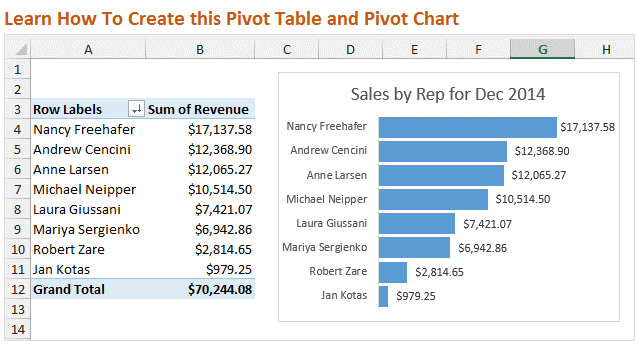No "One-Size-Fits-All" in Business
Abraham Maslow is probably best known for “Maslow’s Hierarchy of Needs”. He also said “if all you have is a hammer, everything looks like a nail.” This rings very true in business. We are all a byproduct of our experiences, so it’s only natural to try and draw parallels between prior experiences and new situations, and to apply tools that worked in the past.
A trivial example I can think of is the first time I learned how to build a pivot table in MS Excel. In the days that followed I wanted to drop every data set into a pivot table to slice and dice it. Sometimes that made sense and was helpful, other times it was totally unnecessary. As time went on, my thought process gained clarity, and I was better able to determine when a pivot table was the appropriate tool to use to address my analysis.
This same tendency to overgeneralize exists all throughout business. “Bob reminds me of Jay who I used to manage, so I need to follow-up with him regularly.” It might be that you had to drive sales growth in a previous company, and you make a quick assessment that a similar approach will work well now. It could even be that you read something in a book or article that worked in one business, and on the surface it makes sense to apply that to your business.
To be clear, this isn’t necessarily a bad thing. This can be called “reasoning by analogy”, where we proceed from the observation that two or more things are similar in some respects so we conclude they’re probably similar in other respects as well. This is often contrasted with “first principles thinking.”
As humans we need to develop an ability to do both. If we looked at each situation as totally unique, not taking into account any of our previous experiences or trying to draw parallels, we wouldn’t be able to move fast enough and would certainly be left behind in the dust. The OODA loop was a framework developed by military strategist John Boyd. The more experience you get, the faster you can progress through this loop. He observed this in military combat, but it applies to business as well.
The examples I’ve provided so far have been at a more tactical or detailed level. But this same concept applies to assessing the overall state of a business. In his book The First 90 Days, Michael Watkins outlines the STARS model for assessing a business or team, and then applying the best approach to lead that business. A turnaround is very different from sustaining success, and vice versa.
Now I think is a helpful framework, and certainly helps prevent you from overgeneralizing every situation as the same. But even this might be an oversimplification. The most recent example I have is that there are varying degrees of turnarounds. I had helped turn around underperforming Ingersoll Rand & Trane service/sales offices, but a small business turnaround can be a totally different ballgame. Not taking anything at face value, what a true cash crunch feels like, having to prioritize short-term financial actions over employee engagement, managing expectations with an investment group…I could keep going and it could probably be a newsletter post of its own.
The point is there’s no “one-size-fits-all” approach in business. We have to strike the appropriate balance between drawing parallels from prior experiences, and evaluating every situation on its own merits. Even if there’s a framework to break something down, by its very definition that’s still generalizing things into a certain bucket, and may be oversimplified like my turnaround example. This is what makes business fun and challenging all at the same time.
Thanks for reading, here are some of the favorite things I’ve read, watched, and listened to the past couple weeks:
Article - Think You Have it Bad? by Josh Brown - 2022 was a rough year in the stock market and for various investment approaches. As always though, some industries and groups of people were hit even harder than others
TV Show - 1923 - 1883 was the original prequel to Yellowstone, and this is the next. My wife and I agree that this is the best one yet. Harrison Ford and Helen Mirren as a couple of the main characters are excellent, very well done and entertaining show
Book - The Ride of a Lifetime by Bob Iger - so this is a re-read and probably a re-recommendation from me, but it’s so good. Great leadership lessons but also just a very entertaining read. Timely too as Iger is back at the helm of Disney
Article - Google tells employees: Higher risk of low performance ratings in 2023 - Google will likely get pushback for this, but without having all the details I kind of like it. Having been a manager in a system with a 1-5 rating scale, it was easy to give out mostly 3’s and 4’s. If you’re going to have a 5-point scale, I think you should use all of them in something resembling a bell curve distribution. Being willing to give a low performance score, when warranted, is part of pushing an organization forward and constantly raising the bar
Quote - Busy is a decision. We do the things we want to do, period. If we say we are too busy, it is just shorthand for the thing being "not important enough" or "not a priority." Busy is not a badge. You don’t find the time to make things, you make the time to do things - Debbie Millman





